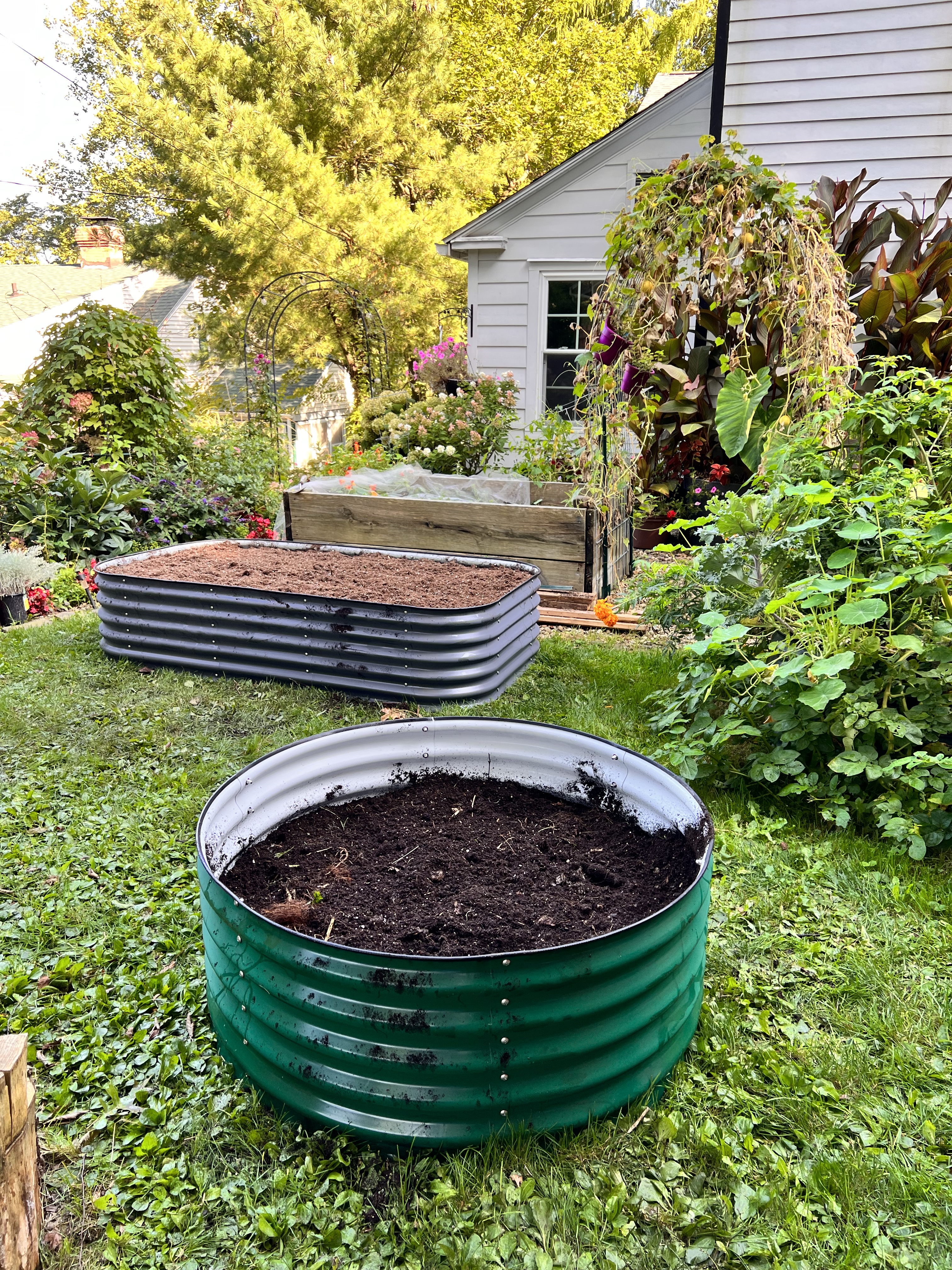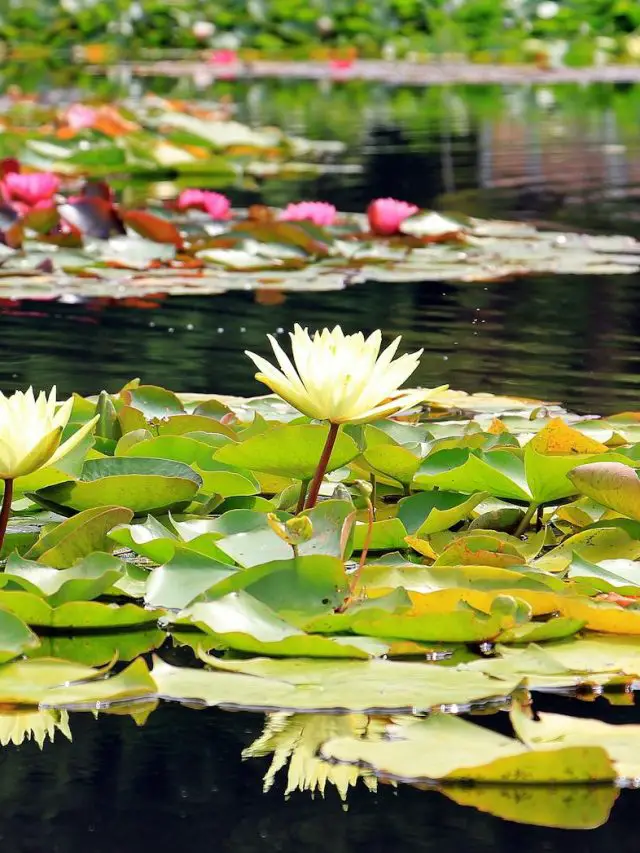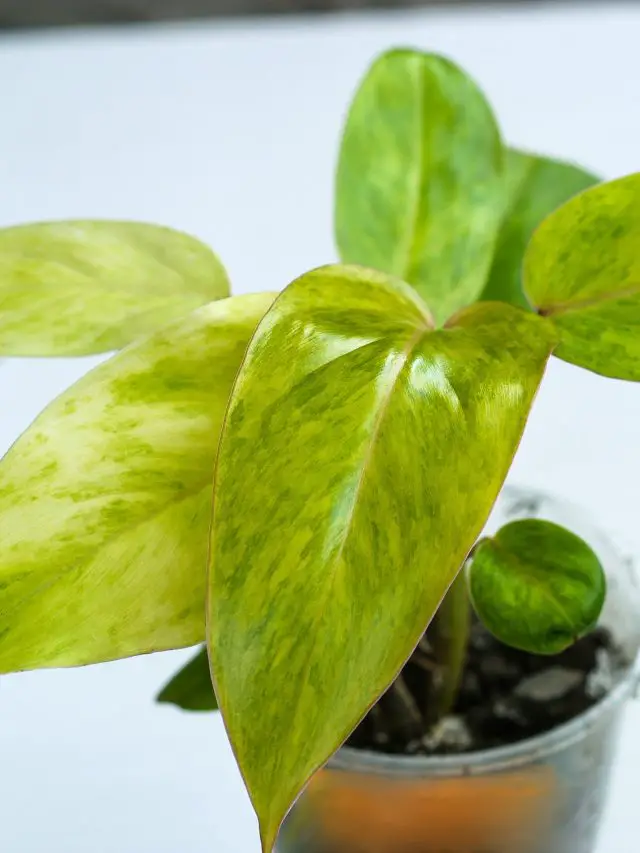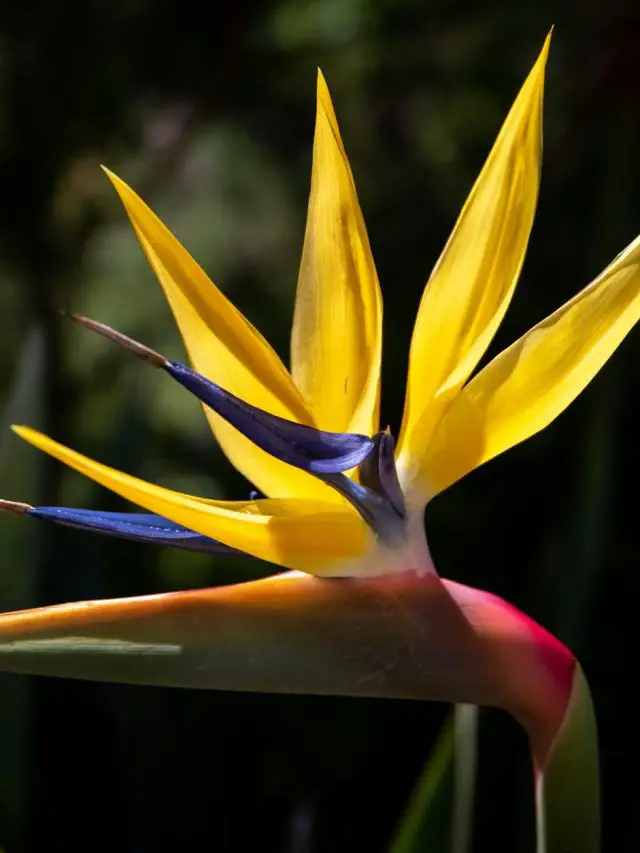How to Grow Marigolds Indoors from Seed
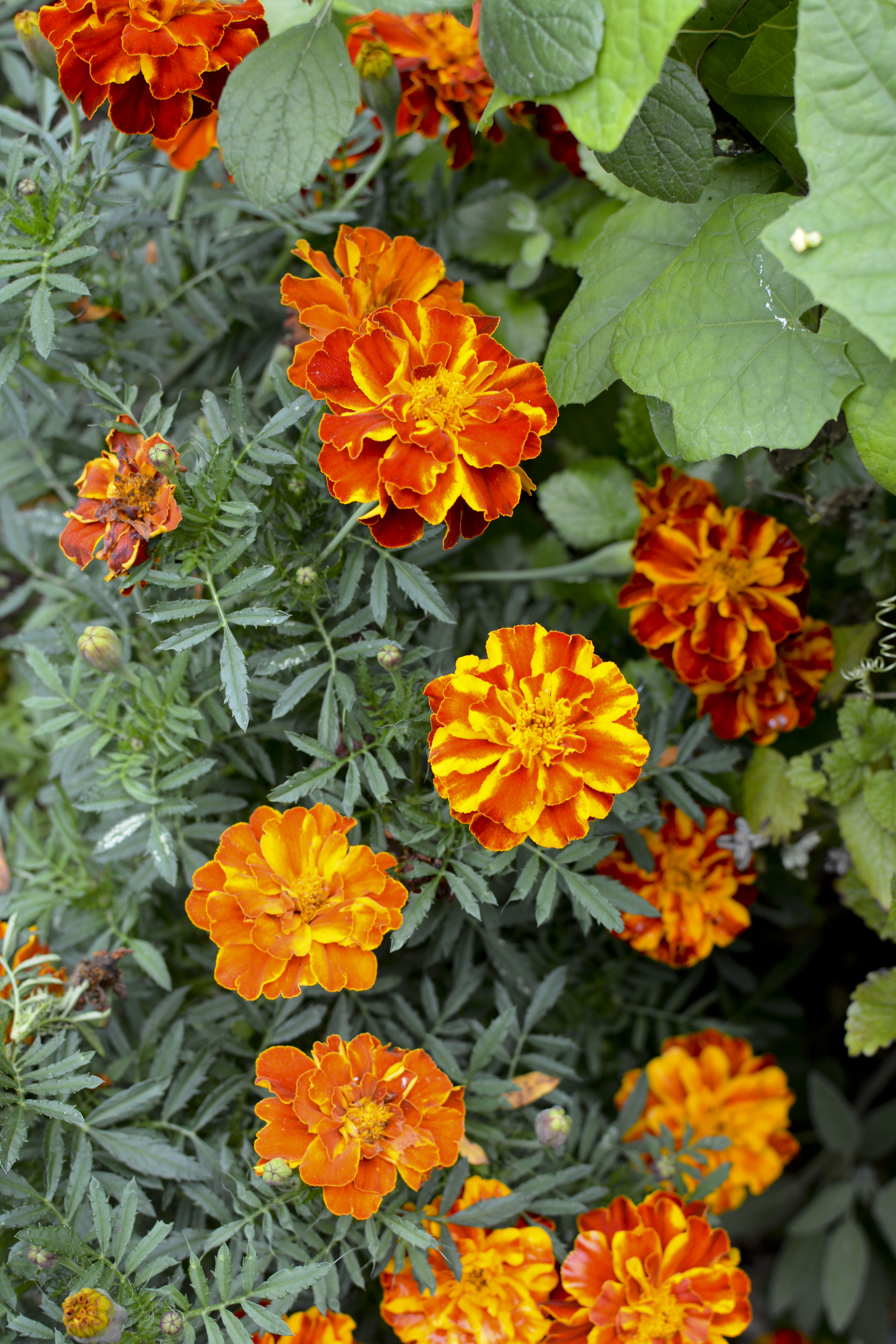
Marigolds are one of the most popular and versatile flowers in the world. They are easy to grow, produce a variety of colors, and have many benefits, including repelling pests and attracting beneficial insects. I wasn’t always a big Marigold fan but once I discovered new varieties and bloom structures I fell in love. Before we teach you how to grow marigolds indoors from seed lets take a deep dive on the Marigold plant.

This post may contain affiliate links. If you make a purchase I may receive a small commission to keep gardening.
Types of Marigolds
There are over 50 species of marigolds, but the most common type grown in gardens is the African marigold (Tagetes erecta). African marigolds are known for their large, showy flowers, which can be yellow, orange, red, or mahogany.
Another popular type of marigold is the French marigold (Tagetes patula). French marigolds are smaller than African marigolds, but they produce more flowers and are more compact. French marigolds are also available in a wider variety of colors, including white, pink, and purple.
How to Grow Marigolds
Marigolds are easy to grow from seed. They can be started indoors 6-8 weeks before the last frost date, or sown directly in the ground after the last frost date. Marigolds prefer full sun and well-draining soil.
To sow marigold seeds directly in the ground, simply prepare the soil by loosening it and adding compost or manure. Sow the seeds 1/4 inch deep and space them 12-18 inches apart. Water the seeds well and keep the soil moist until they germinate.
Once the seedlings have two sets of true leaves, thin them so that they are spaced 12-18 inches apart. Marigolds are relatively low-maintenance plants, but they will benefit from regular watering and fertilizing. Water marigolds deeply once a week, or more often during hot, dry weather. Fertilize marigolds every two weeks with a balanced liquid fertilizer.
Want to buy Marigold seeds check out this site here!

Benefits of growing Marigolds
Repelling pests: Marigolds are a good companion plant for many vegetables, as they help to repel pests such as nematodes, aphids, and tomato hornworms.
Attracting beneficial insects: Marigolds attract a variety of beneficial insects, such as ladybugs and lacewings, which help to control pests.
Improving soil health: Marigolds can help to improve soil health by adding organic matter and suppressing weeds.
Edibility: Some Marigolds are edible. The flowers can be added to salads and other dishes, and the leaves can be used to make tea.
*Not every variety is edible so please do further research before consuming.*
How to use Marigolds
Marigolds are a versatile flower that can be used in a variety of ways.
- Companion planting: Plant marigolds near vegetables to help repel pests and improve soil health. I plant marigolds near my brassicas.
- Cut flowers: Marigolds make beautiful cut flowers. They can be used in bouquets, centerpieces, and other floral arrangements.
- Dried flowers: Marigolds can be dried for use in crafts and potpourri.
- Edible flowers: Marigold flowers and leaves can be eaten fresh or cooked. They have a slightly bitter, peppery flavor.
- Medicinal uses: Marigolds have been used in traditional medicine for centuries. They are thought to have anti-inflammatory, antibacterial, and antifungal properties.
*Please do your research before consuming any plant you do not have experience with*

How to Save Marigold Seeds
Wait for the blooms on your marigold plant to wither and dry. Once they are fully dry cut them off and open them up. They will be full of seeds. Store your seeds in a cool dry place.
Marigolds are a wonderful flower to grow in your garden. They are easy to grow, produce a variety of colors, and have many benefits. Whether you are planting marigolds to repel pests, attract beneficial insects, or simply enjoy their beauty, they are a great addition to any garden.
To grow marigolds from seed, you can either start them indoors 6-8 weeks before the last frost date, or sow them directly in the ground after the last frost date.
Sow Marigolds indoors:
- Fill a seed tray or seedling pots with a well-draining potting mix.
- Sow the marigold seeds on the surface of the potting mix and cover them with a thin layer of soil.
- Water the seeds well and place them in a warm, sunny location.
- Keep the soil moist but not soggy.
- The seeds should germinate within 7-10 days.
- Provide overhead lighting to grow sturdy plants.
- Once the seedlings have two sets of true leaves, transplant them into individual pots.
- Continue to grow the seedlings indoors until the last frost date.
Sow Marigolds Outdoors:
- Choose a sunny spot in your garden with well-draining soil.
- Amend the soil with compost or manure.
- Sow the marigold seeds directly in the ground, spacing them 12-18 inches apart.
- Cover the seeds with a thin layer of soil and water them well.
- Keep the soil moist but not soggy.
- The seeds should germinate within 7-10 days.
- Once the seedlings have two sets of true leaves, thin them so that they are spaced 12-18 inches apart.

When to plant Marigolds outside
Marigolds are best planted or sown from outside after your last frost date has passed. Marigolds are not frost hardy and cannot survive a hard frost.
To learn your frost free date check out this post!
Marigold Plant Care:
Marigolds are relatively low-maintenance plants. Water them regularly, especially during hot, dry weather. Fertilize them every two weeks with a balanced liquid fertilizer. Deadhead spent blooms to encourage new growth.
Harvesting:
Marigolds can be harvested for their flowers or their leaves. To harvest the flowers, cut them at the base of the stem when they are fully open. To harvest the leaves, simply pluck them from the plant.
Forget me nots:
- Marigolds are a good companion plant for many vegetables, as they help to repel pests.
- Marigolds can also be used to make a natural insecticide. To do this, simply soak the leaves and stems of the marigold plants in water for 24 hours. Strain the liquid and spray it on your plants to protect them from pests.
- Marigolds are also edible. The flowers can be added to salads and other dishes, and the leaves can be used to make tea.
Marigolds are a wonderful flower to grow in your garden. They are easy to grow, produce a variety of colors, and have many benefits. Whether you are planting marigolds to repel pests, attract beneficial insects, or simply enjoy their beauty, they are a great addition to any garden.
Happy Gardening



